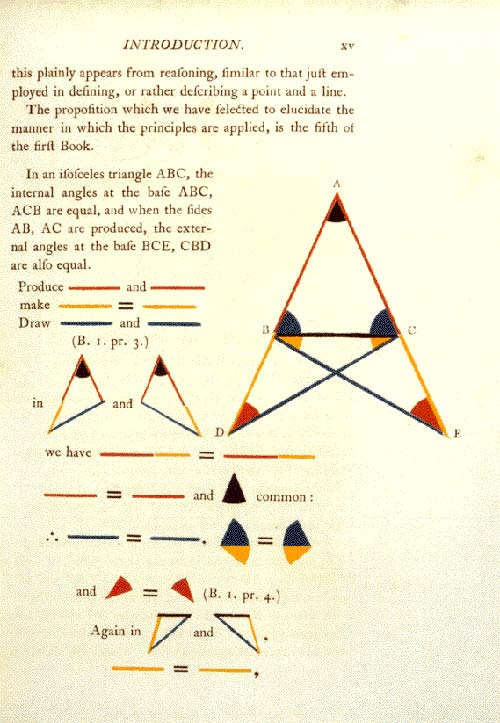
Those of you who have a working knowledge of applied Latin can do a quick and easy translation and deduce that pons asinorum literally means the “bridge of donkeys.” Traditionally, it refers to the proof of the isosceles triangle theorem in Euclid’s Elements, and connotes a challenge that separates the nimble thinkers from the simple minds. The goal of this gazette will be to provide insights that will help us all function as nimble thinkers in the rapidly evolving field of diagnostic genomics.
Multiple significant updates/advances have occurred in the field of lung cancer during the past weeks. The American Society of Clinical Oncology (ASCO) updated guidelines for advanced stage non-small cell lung cancer (NSCLC) diagnosis that have an impact on the clinical genotyping of these tumors and basic science studies elucidated mechanisms in ALK signal transduction that can impact efficacy of targeted therapeutics and the emergence of resistance. The increased understanding of ALK signaling mechanisms provide insights for therapy for targeting multiple critical elements in EML4-ALK positive NSCLC tumor cells.
Guidelines for the selection of patients with NSCLC for treatment with tyrosine kinase inhibitors (TKI) of the epidermal growth factor receptor (EGFR) and the anaplastic lymphoma kinase (ALK) published in November 2014 (Leighl et al. J Clin Oncol 2014;32:3673-9) broadened the spectrum of testing to detect sensitizing mutations in EGFR and activating rearrangements of tyrosine kinases associated with responsiveness to these agents. In addition to testing of tumors from patients with advanced disease (stage IV), characterization of the status of EGFR and ALK genes in patients with stage I, II, and III disease was encouraged. In addition, the importance of testing for rearrangements in other genes encoding tyrosine kinases, specifically ROS and RET, each of which occur in approximately 1% of patients, was recognized.
For the rest of the story, click here.











